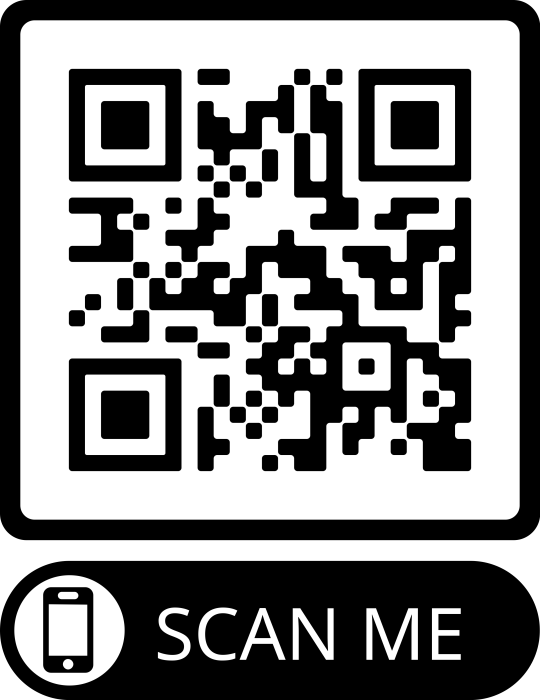Wet Lab Training
The Wet Lab (Darwin 120) is our research laboratory and the primary location where we deal with chemicals. This is the location of our fume hood and most chemical storage. There is a sink and a refrigerator in the room. There is an eyewash station near the sink, a spill kit under the sink, and a fire extinguisher near the door to be used during an emergency. It is also the room primarily used for detrital zircon (DZ) sample preparation.
Safety notes
- You must wear closed toe shoes to enter this lab space. Whenever you are working with chemicals you are required to be properly protected. Wear gloves. Wear goggles. Wear a lab coat or other protection. Long hair should be tied back and jewelry removed.
- Work may not begin until all bystanders are properly attired.
- Eating or drinking are not allowed in lab or studio areas where chemicals are stored or used. This includes a ban on water bottles.
Using chemicals in fume hood
- Fume hood should be used any time you are using chemicals.
- All chemicals used MUST be labeled.
You must be familiar with the material safety data sheet of all chemicals you are using. Use www.MSDSonline.com if you are unfamiliar with the chemical, or scan the QR code below.

- Wash promptly with running water if skin contact is made with any chemical.
- Never put any chemical or piece of equipment in your mouth. Do not do sniff tests. Do not mouth pipette anything.
- Fume hood may not be used to store chemicals. Label and put away all chemicals when leaving the room.
- Wash hands well before leaving the lab.
General housekeeping
A clean work area is much safer than a cluttered or dirty one. Some things to strive for:
- Fume hood may not be used to store chemicals. Label and put away all chemicals when leaving the room.
- Keep aisles, hallways, doorways and stairs clear of all chemicals and tanks and boxes.
- Keep all work areas and especially workbenches clear of clutter and obstructions.
- All work surfaces and floors should be cleaned regularly.
- Access to emergency equipment, showers, eyewashes, and exits should NEVER be blocked or obstructed.
- Wastes should be kept in the proper containers and labeled properly.
- Any unlabeled containers are considered wastes by the end of a workday.
- Clean up spills promptly.
- Place broken glass in broken glass boxes.
Immediately check with faculty member when:
- There is a new procedure, process, or test, even if it is very similar to older practices.
- There is a new change or substitution of any of the ingredient chemicals in a procedure.
- There is a failure of any of the equipment used in the process, especially safeguards such as fume hoods or clamp apparatus.
- There are unexpected test results. When a test result is different than the predicted outcome.
- When members of the staff become ill, suspect exposure, smell chemicals, or otherwise suspect a failure of engineered safeguards.
- Spills occur.

